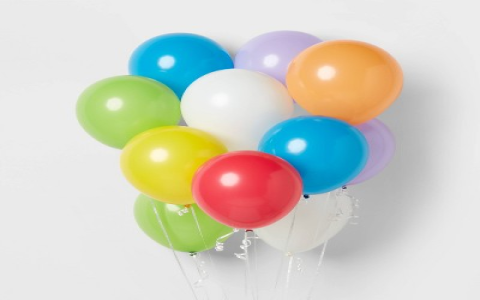Mastering affordable balloon inflation at Dollar Tree requires technique over tools. While cheap balloons are accessible, improper inflation leads to waste and frustration. This guide focuses on maximizing value without special equipment.
Essential Pre-Inflation Preparation
- Balloon Selection: Stick to latex balloons – mylar requires helium for optimal effect. Avoid packs with noticeable defects or weak seals.
- Temperature Matters: Inflate in a warm room. Cold balloons become brittle and burst more easily during inflation.
- Inflation Tools: Use the handheld balloon pumps ($1.25). They vastly outperform mouth inflation for consistency and endurance. Pack spares.
Optimal Manual Inflation Steps
Method: Air Inflation via Pump

- Prepare: Stretch the balloon neck gently a few times. This relaxes the latex for easier filling.
- Attach Securely: Fit the pump nozzle deeply into the balloon neck. Create a tight seal with your thumb and forefinger.
- Pump Efficiently: Use firm, steady strokes. Avoid rapid, jerky pumps which stress weak points.
- Stop Before Max: Leave 1-2 inches uninflated at the neck. This creates a buffer and makes tying easier.
- Tie Smart: Pinch neck, pull long, wrap around fingers, push knot through. Avoid overstretching near tied knot.
Troubleshooting Cheap Balloons
- Low Burst Threshold: Under-inflate deliberately. A slightly smaller, durable balloon is better than debris.
- Leaky Seams: Discard immediately; repairs are ineffective. Check during inflation for whistling sounds.
- Difficult Tying: Leave ample uninflated neck. Use balloon clips (available at Dollar Tree) instead of knots if necessary.
Key Takeaway: Success relies on controlled inflation, deliberate under-inflation, and patient tying. Buy extra balloons anticipating a 10-15% failure rate – still cheaper than alternatives.





